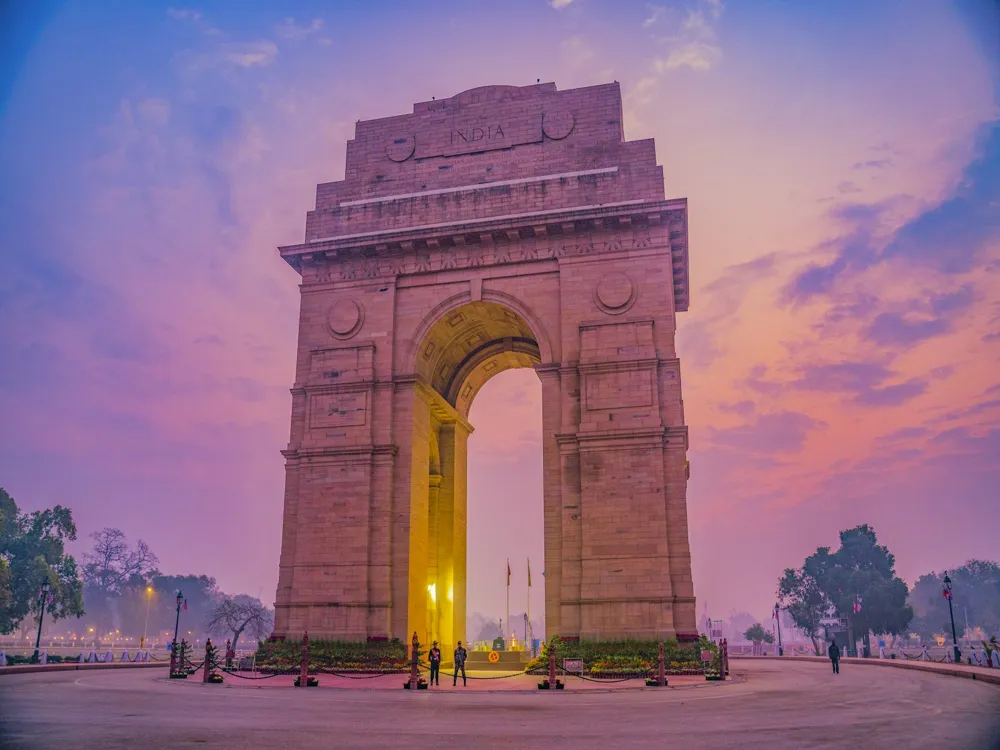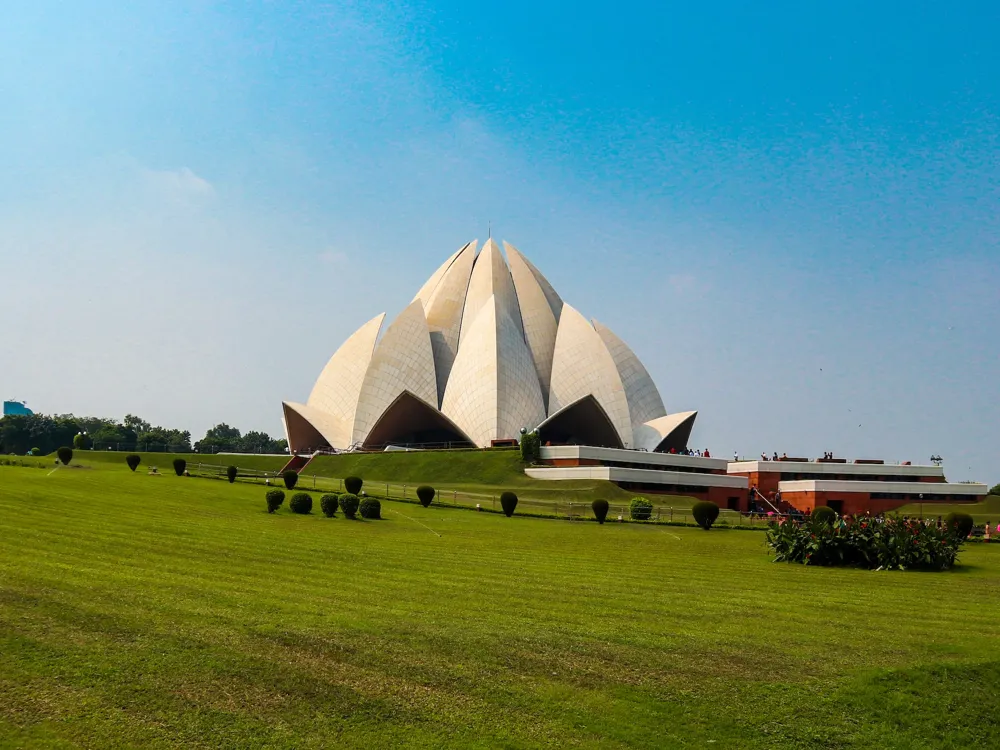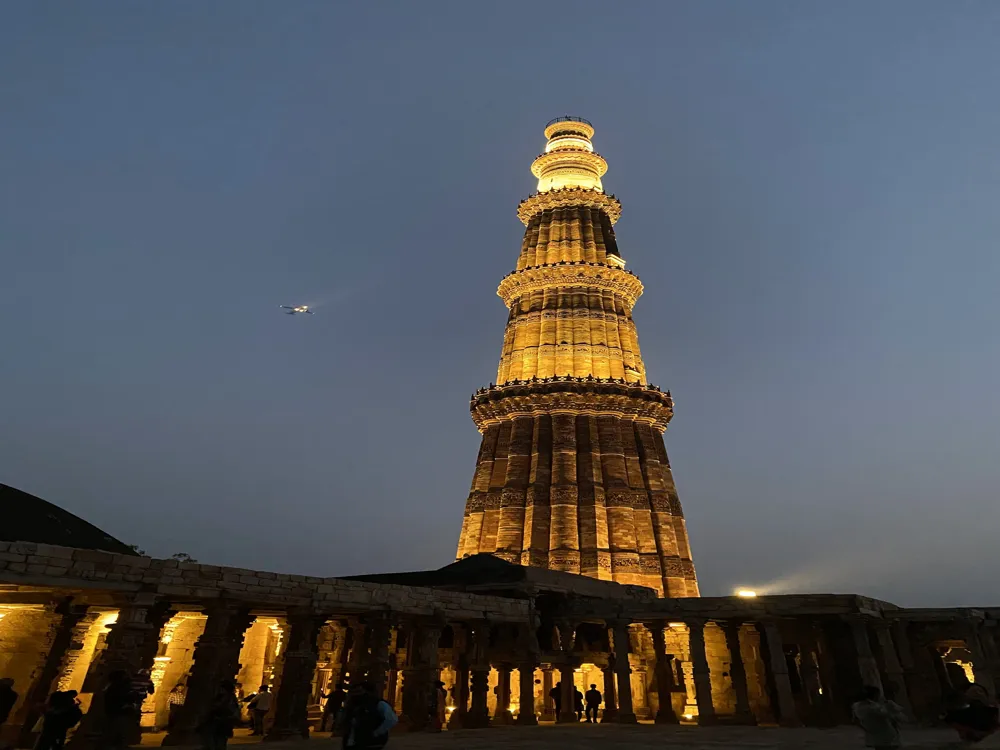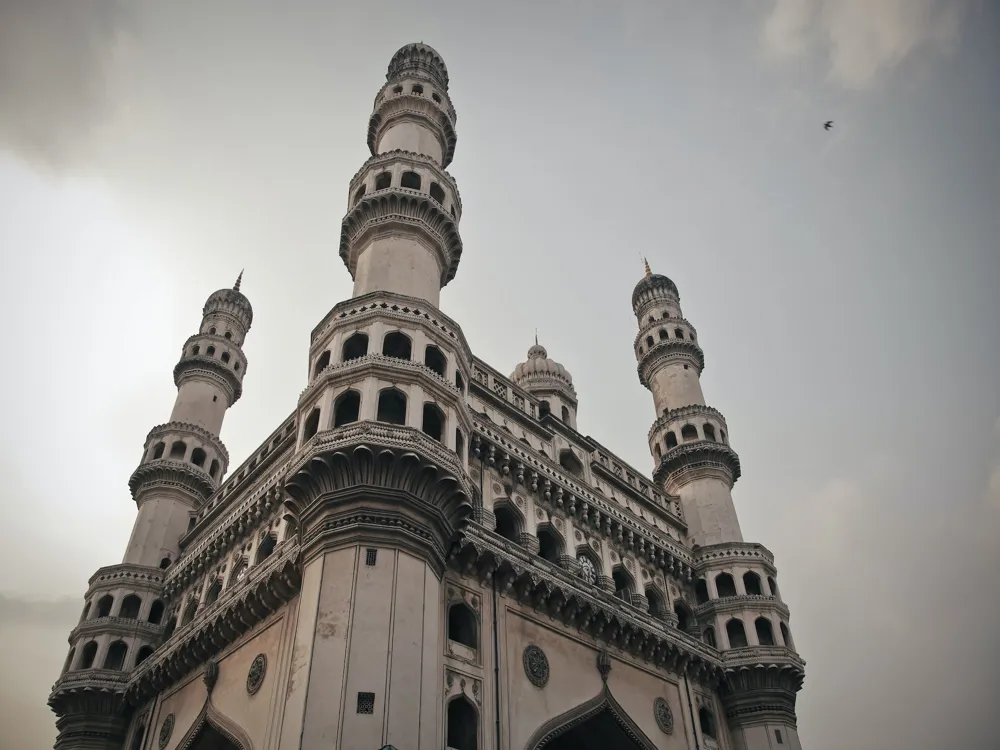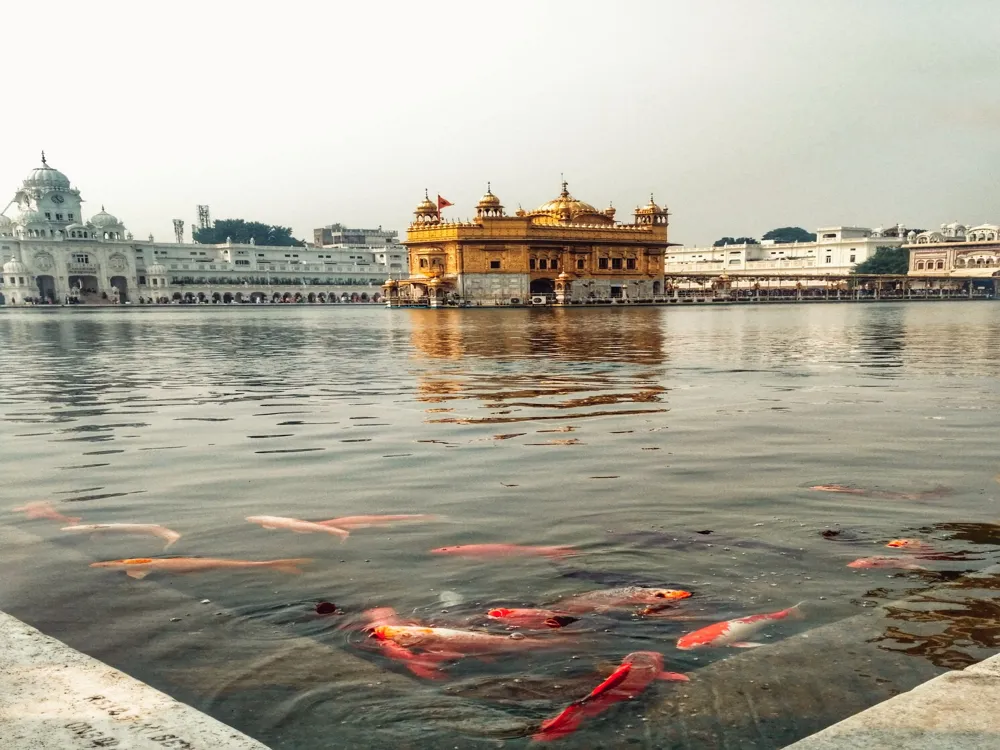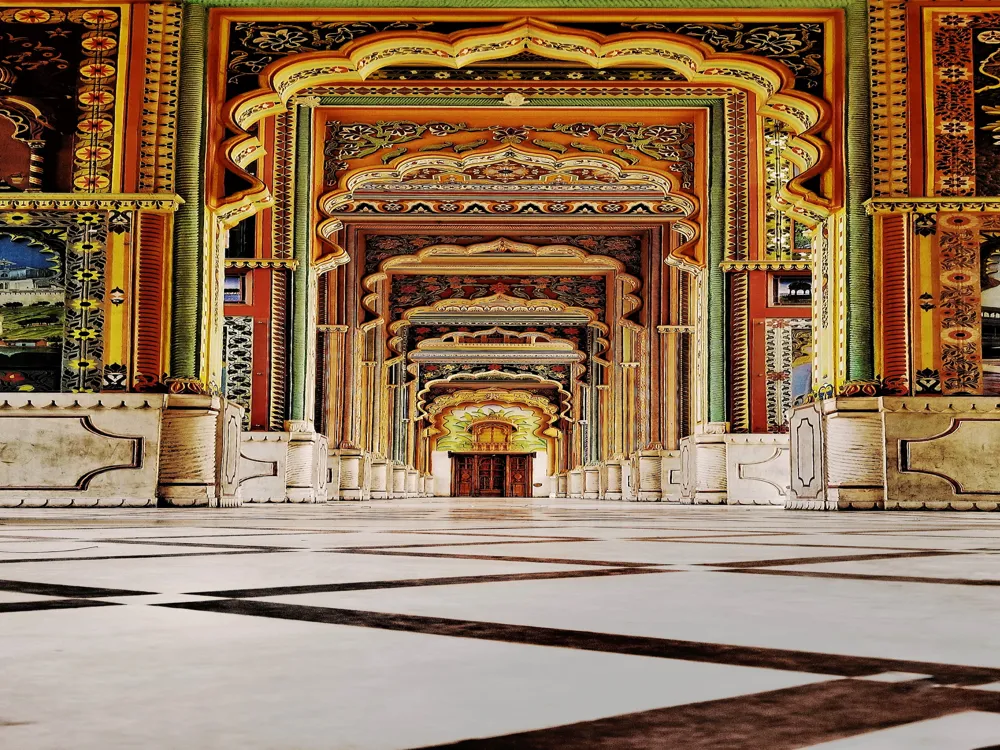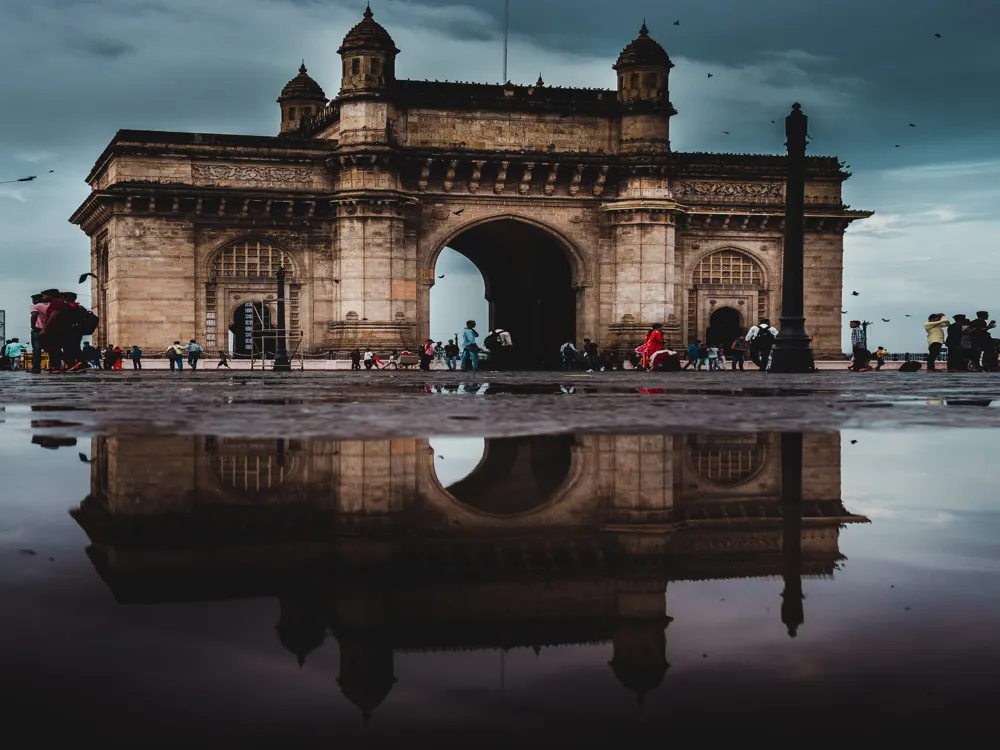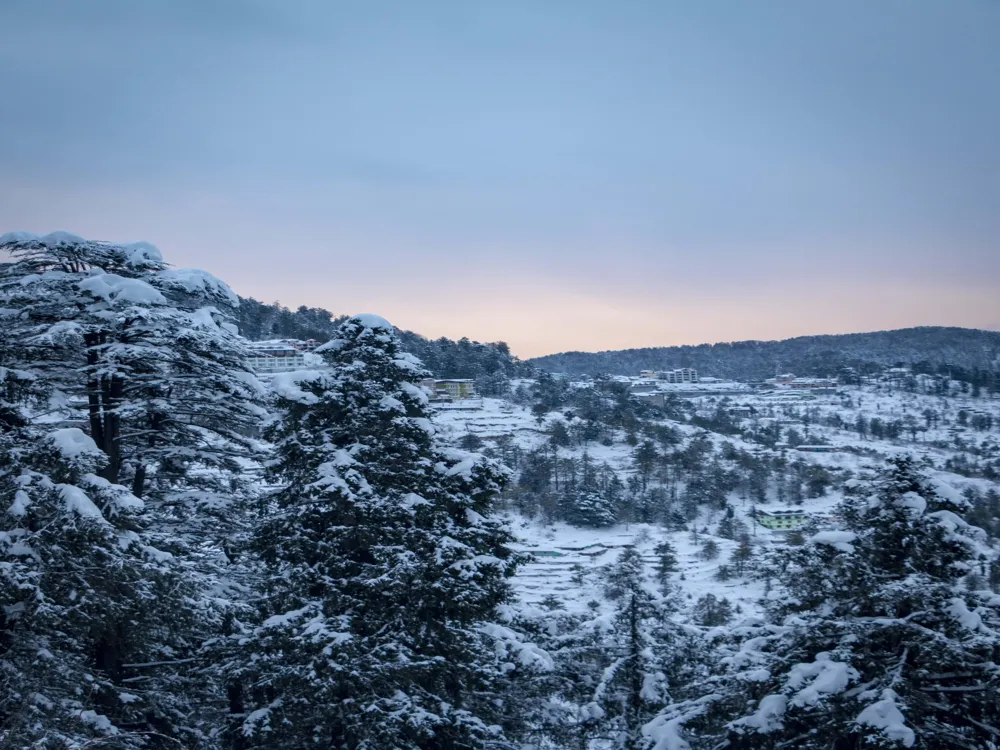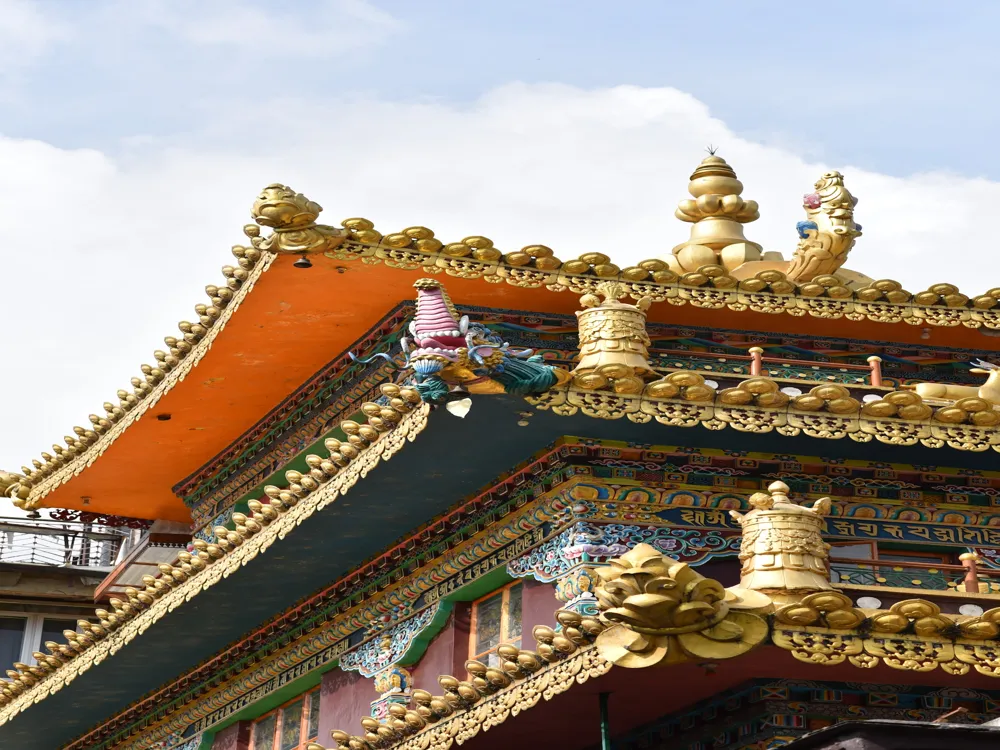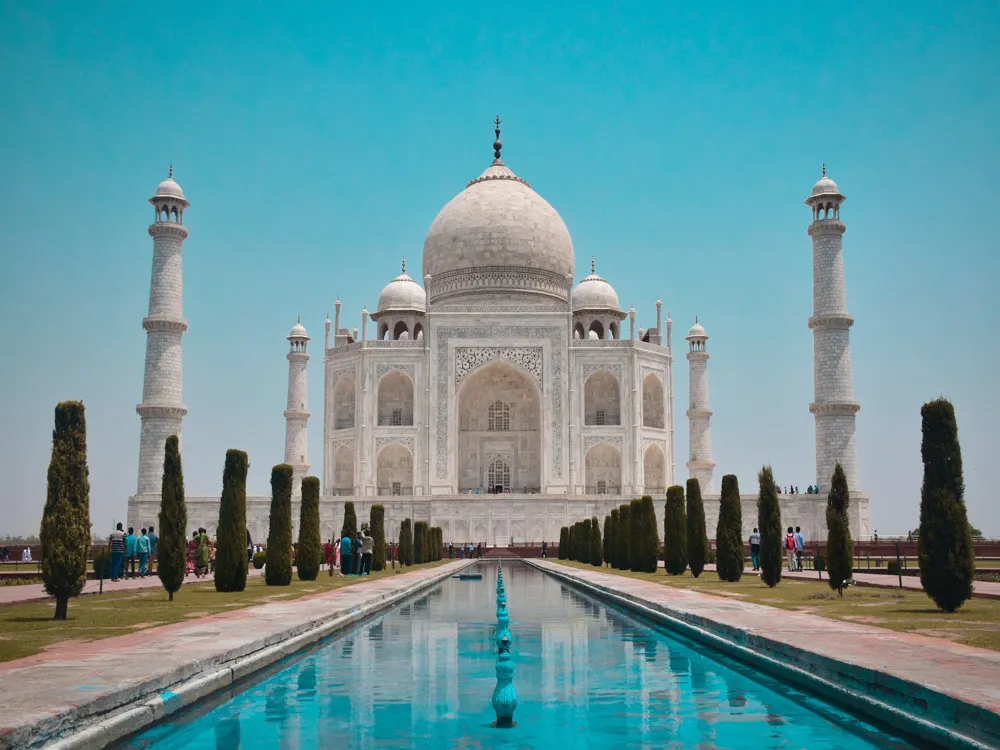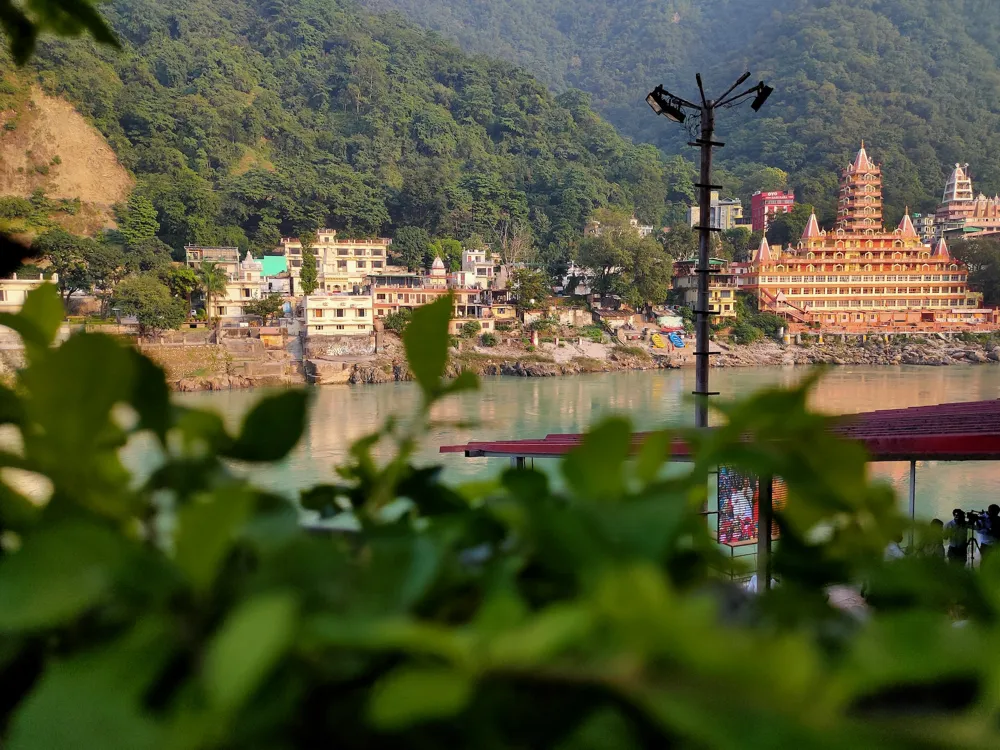Plan Your Travel To Delhi
Places To Visit In Delhi
Champa Gali
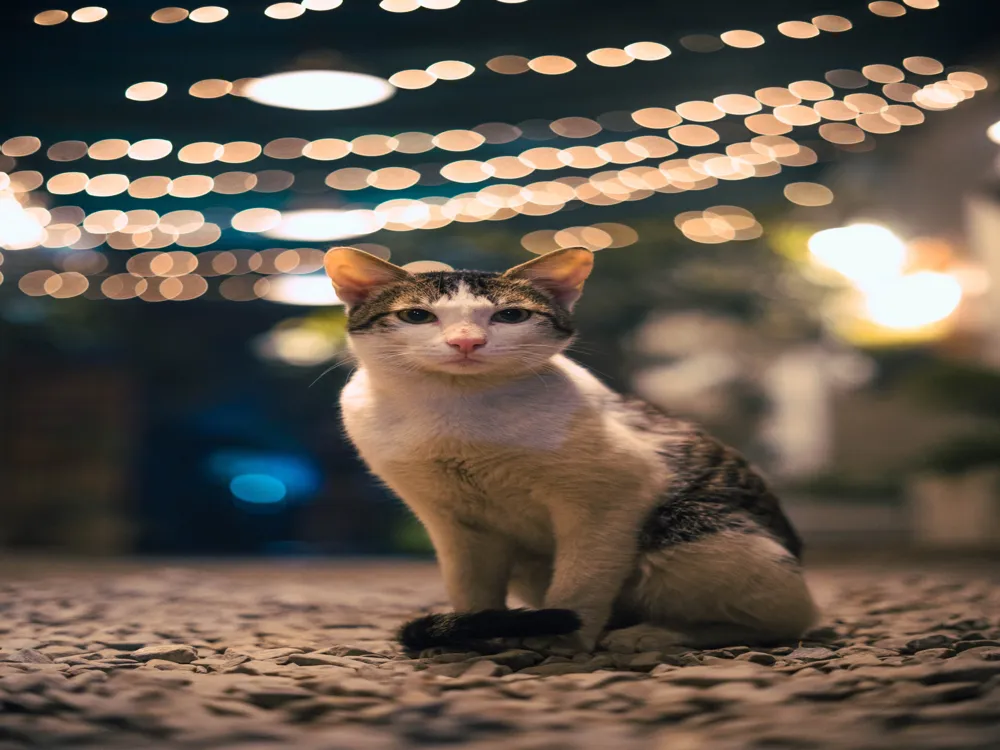
Delhi has never failed to come up with cute little surprises every now and then. So if you are looking to drive away Monday blues or vie for a taco Tuesday or just want an endearing dinky locale to take twee pictures and post it on your Instagrams, we at Holidify have come to your rescue. This time we bring to you the latest fad in town - Champa Gali. The newly established locale is gaining momentum and significant popularity not only for its scrummy food cafes but also for its Parisian alleys and glitzy labyrinthian setting. The spot offers a rustic old-world charm and is a blend of itsy bitsy cafeterias, coffee shops, art galleries and some organic knick-knack stores. The once ramshackled area of Saidulajaib next to Saket has been revived and is now adorned with tinsel light, cultural decor, fancy thematic setting and tiny seating spaces which are sure to take to you back to lanes and gullies of ‘Midnight in Paris’.
Source
Cafes in Champa Gali and other Things to Do
So while you are out there, here is a list of cafes that you can visit.1. Jugmug ThelaThe inception of Champa Gali can be traced back to the opening of Jugmug Thela. The cafe was started as a tea stall inspired by the chaupal culture of rural India. The restaurant has a beautiful backyard under neem trees with wooden seating and green plantations. Also, it offers delicious shakes and a variety of snacks; not to forget their very famous masala chai.The cafe also has an adjacent reading room where all you bibliophiles can head for a quiet session of reading in the pretty location.
Source
2. Blue Tokai Coffee RoastersThe coffee chain was started by a Delhi couple and offers freshly brewed coffee of varied flavours. They also hold brewing sessions twice a week. Done in blue and beige, the cafe has a rustic old-world charm and wavers in soulful melodious numbers all day long.
Source
3. JugaadThis is a non-profit handicrafts shop and has a vast variety of handmade trinkets, books, handcrafted shrugs and bags etc.
Source
4. People Tree- This is a design studio which offers hand printed stoles, block t-shirts, khadi apparels and other such similar stuff. It also has junk jewellery, organic skin care products, and published books etc.
Source
5. PhoKing AwesomeThe cafe has beautiful blue furniture and is tastefully done in tiny lights. It also provides delicious Vietnamese food and is among the newly opened restaurants at the place.6. Soho Bistro & CafeSoho Bistro & Cafe is another adorable cafe in Champa Gali offering scrumptious shakes and delicious sandwiches.7. MorellosYou can head to Morellos if you want a peaceful evening in a tiny cutesy cafe. What more, you can take lovely pictures to upload on your feeds.8. The backyard of these cafes have a look of an open urban village and fairy-lit lanes with plants and wooden benches. These yards are ideal for impromptu poetry evenings, guitar gigs, music events, small book launches and similar such personalised events.9. The alleys offer a vibe of French tradition and are a wonderful harmony of coffee and culture.10. The young college crowd mostly visit in a group for poetry sessions or music gigs.11. The art-driven people visit for the handicrafts and art museums based amidst the serene locale.12. The Gali is extremely photogenic and most people are absolutely enamoured by the beauty. At most times, you will find people clicking pictures.
How did it come to be called Champa Gali?
When Blue Tokai- the coffee shop was established in the urban village, they brought in a lot of 'champa' plants for decor. Besides, the area already has a very traditional rural vibe to it with all the neem trees, the calmness and the serenity. And so, inspired by both of these factors, the place came to be called Champa Gali.
Source
Source
So what are you waiting for? Get up, dress up and show up! Experience the awesomeness of this little gully tucked in the heart of the chaotic city for a rejuvenating and peaceful affair.
Read More
Chandni Chowk
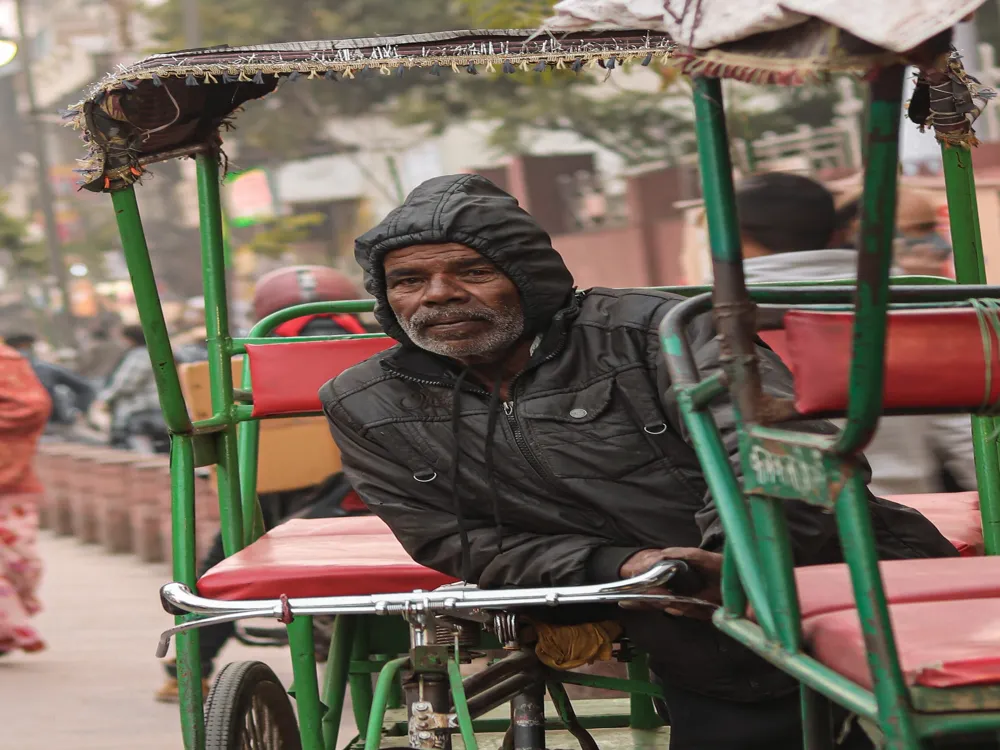
One of the oldest markets in Old Delhi, Chandni Chowk is Old Delhi's main thoroughfare which is a chaotic wholesale market lined by hawkers and porters offering full medieval bazaar experience. It is an important historical site renowned for the availability of every kind of goods as well as food. It was constructed in the 17th-century b the Mughal ruler of India Shah Jahan. It is situated opposite the Red Fort and provides a view of the Fatehpuri Mosque.
Crisscrossed by narrow streets with shops jostling for space, Chandi Chowk gives a feel of old Delhi shopping. Since the 17th-century era, this places is rightly called a "shoppers paradise" in Delhi. During the reign of Shah Jahan, there was a tree-lined canal running through its centre, reflecting the moon. Hence, the name "Chandni Chowk" came to being which means "moonlight place". Shopping at Chandni Chowk is fun as the market is distributed in several streets and these narrow streets are inundated with vibrant varieties of clothes, perfumes, electronic items, jewellery, candles, idols of deities and lifestyle goods.The market deals in everything that shoppers might think to buy for oneself and as well as for home. As this is a wholesale market, one can get huge discounts on most of the items. These shopping streets is heaven for retailers too. Apart from shopping, this place is equally famous for its eateries, street food, and Indian snacks. It has been aptly said for this barrage of noise, colour and smell, "Are janaab Dilli aae aur chandni chowk nahi dekha to kya dekha?"
Read More
Charkha Museum
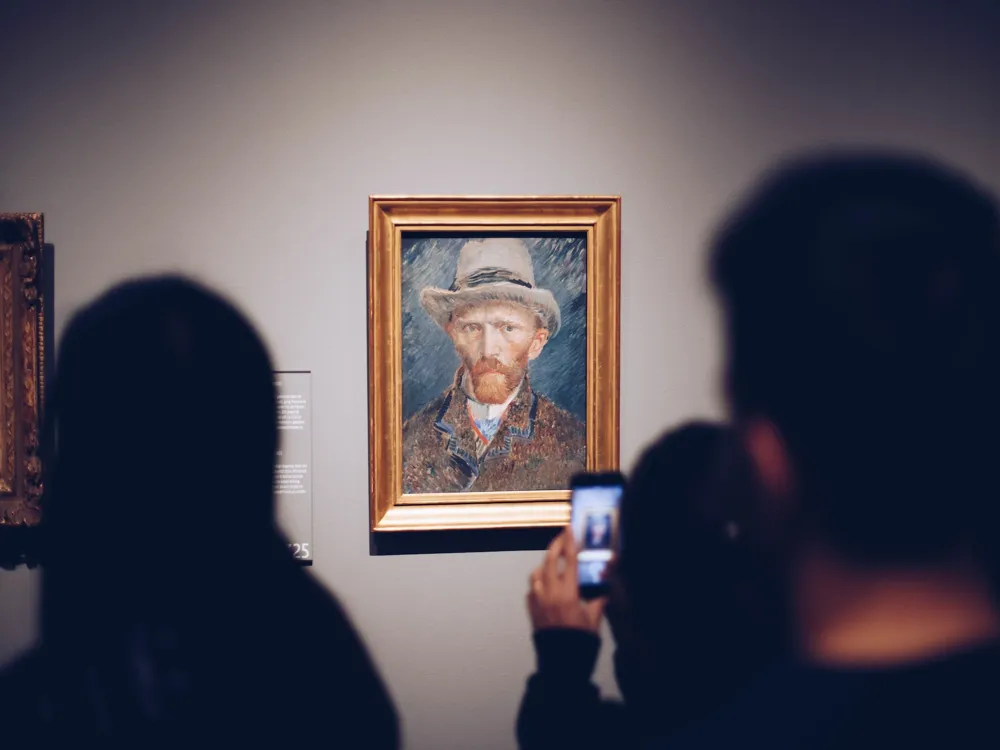
Charkha Museum is one of the latest additions to the wonderful assets of Delhi. Constructed in collaboration with KVIC (Khadi and Village Industries Commission), the museum highlights the importance of great heritage of Indian Charkha. Inaugurated on 27th May 2017, the museum is built atop the underground Palika Bazaar in Connaught Place opposite the Khadi Gramodyog Bhavan. Managed by New Delhi Municipal Corporation, the gigantic model of the Indian Charkha (26 feet long, 13 feet wide and 4 feet high) promotes the philosophy of self-reliance. The charkha weighs about 5 tonnes and is weather proofed to stand sturdy against storms, rains and sun.
This symbol of nationalism celebrates the history and evolution of our culture, Swadeshi movement and is a dedication to the Father of our Nation- Mahatma Gandhi. Standing firm in the heart of the city with the colossal Indian flag unfurled adjacent to it, the vibe and the aura of the place resonates with patriotism and a national sentiment. The in-house museum showcases 14 vintage charkha models and depicts the journey of charkhas from ‘kapas’ to ‘yarn’ to the final ‘khadi product’. In addition, the museum also has a multimedia display of Gandhiji’s journey from his younger days to his death.
Read More
Chhatarpur Mandir
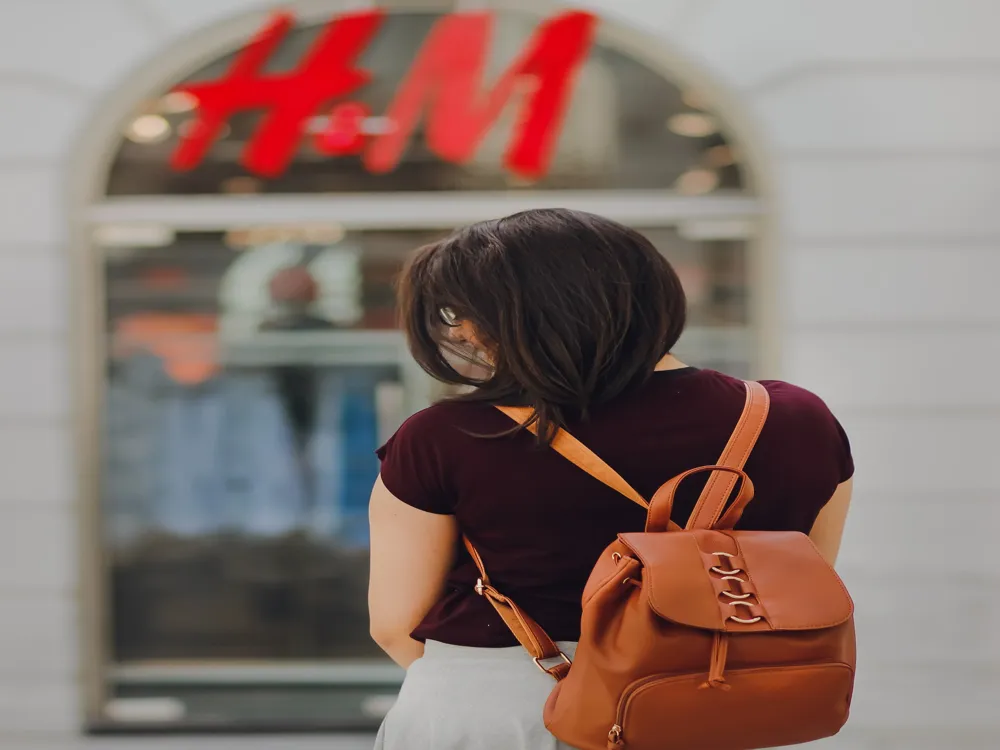
Situated in the posh locality of South Delhi, i.e. Chhatarpur, Chhatarpur Temple is dedicated to Goddess Katyayani, a part of Navadurga. Founded by Baba Sant Nagpal Ji in 1974, the temple is the second largest in all of India after Akshardham Temple (which is also in Delhi). Popular for its fabulous lattice screen work (jaali design), the shrine is a masterpiece of spectacular architecture which is an amalgamation of South and North Indian designs. Besides the presiding deity, the complex has smaller chambers dedicated to idols of different gods including Maa Mahishasurmardini, Ram-Darbar, Radha-Krishna, Shiv-Parvati, Laxmiji, Ganeshji, Hanumanji etc. The highlight of the mandir is the opulent ‘Shayya Kaksh’ which is the resting room for Goddess Katyayani; the room houses a bed and dressing table made of silver.
Sprawling over a vast area of approximately 70 acres, the temple is plonked by thousands of deities every day. A sacred tree in the compound is also a revered site of worship. People tie a thread around it and make a wish; it is believed that the tree has supernatural powers and wishes made with faith, fervour and a religious temperament do come true. Navratri is the major festival at the temple and is celebrated with much zeal and enthusiasm; the management also provides langar food to over a lac devotees during the occasion.
Read More
Connaught Place
Connaught Place or 'CP' as it is more commonly known is a massive commercial and financial centre in New Delhi. Named after the Duke of Connaught and Strathearn, this confusing market complex houses almost all famous international chain stores, famous food chains, restaurants and bars. Connaught Place has one of the largest national flags in the country. This circular, greying whitewashed structure has two concentric circles; the inner circle which has blocks A to F and the outer circle which has blocks G to N. The Connaught Place is also the ultimate place to experience the vibrant nightlife of Delhi housing some of the most famous bars and restaurants. Being one of the most popular after dark destinations, no visit to Delhi is complete without a visit to the Connaught Place.
Connaught Place has some of the best colonial buildings in the city. Always bustling with people, it is dotted with Contemporary art galleries, antique theatres like Regal Cinema and toy stores. Delhi's first ice cream parlour, first toy store and first art gallery were all opened at this place. It is the ninth most expensive office market, costlier than Dubai, downtown Boston and Shanghai. Be it Indian or western fashion, khadi garments, accessories or various Indian handicrafts; one can get everything here. Connaught Place or CP is also a favourite among the city's party people. The nightlife here is lively with a myriad choice of some of the bars, pubs, sports bar, lounges, cafes and restaurants. Whether you are from Delhi or just visiting, you can dance the night away in one of the swanky nightclubs here. Connaught Place is a major shopping and entertainment centre apart from being a place to experience the diverse culture of the city.
Read More
Crafts Museum
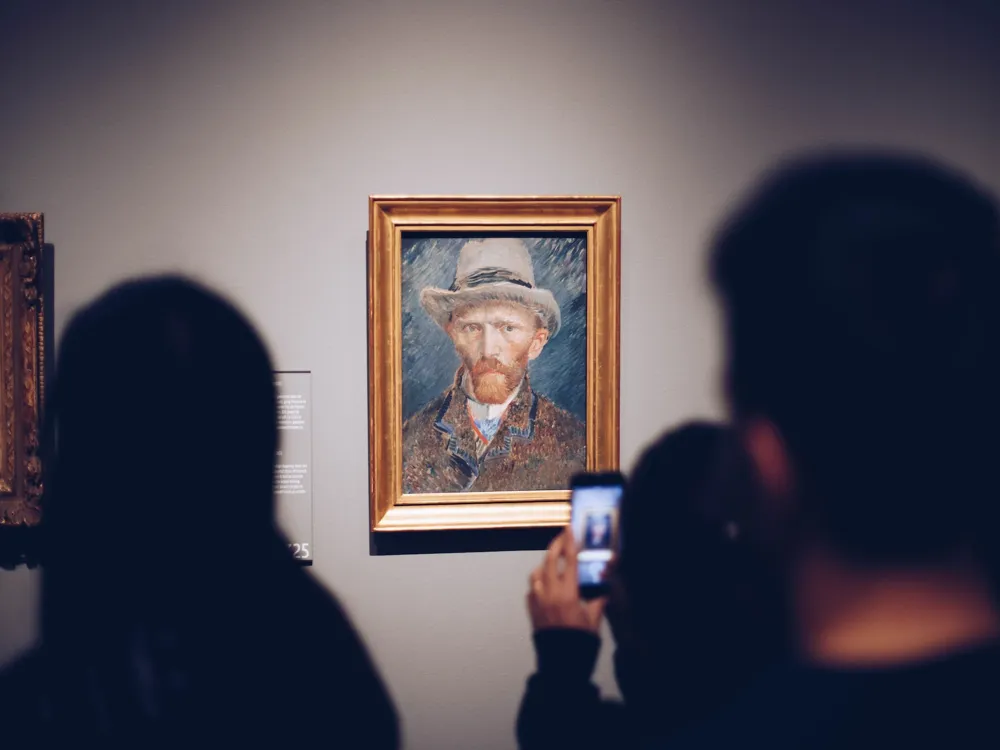
Popularly known as the Crafts Museum, the National Handicrafts Museum is a centre to exhibit varied specimens of handicrafts, textile and local decor and to preserve, protect and revive the tradition of local handicrafts. Located in the far corner of Pragati Maidan in Delhi, the museum is designed by the prominent architect Charles Correa and is currently under the management of Ministry of Textiles, Government of India. People often go here for the famous Lota Cafe serving the best of regional Indian cuisine. The Crafts Museum Shop is a souvenir shop for you to take back little knick-knack home.
At present, the museum houses over thirty-three thousand assorted collections of various crafts collected over the last 60 years from different states of India. The diverse collection inside the museum includes exhaustive textiles and fabrics, bronze and metal lamps, sculptures, wood carvings, bamboo crafts, terracotta figurines, tribal paintings etc. Among the multiple galleries housed in the complex, the popular ones include Tribal and Rural Craft Gallery, Gallery of Courtly Crafts, Textile Gallery, Gallery of Popular Culture etc. A mini model of a village spread over 5 acres of land is located in the premise. The village complex displays actual generic exhibits depicting the life of rural India. Besides, the museum also has a library, an auditorium, a research centre, and a laboratory.
Read More
Deer Park, Delhi
Popularly known as the "lungs of Delhi", Deer Park is a verdant green park situated in the heart of the very crowded Hauz Khas Village area of New Delhi. Consisting of a deer park, duck park, art market, rabbit fields, fountain, lake and an enclosed old heritage monument area, the park is a common favourite and a respite among Delhites looking for a break from the pollution and dust of the city.
International Mango Festival in Delhi
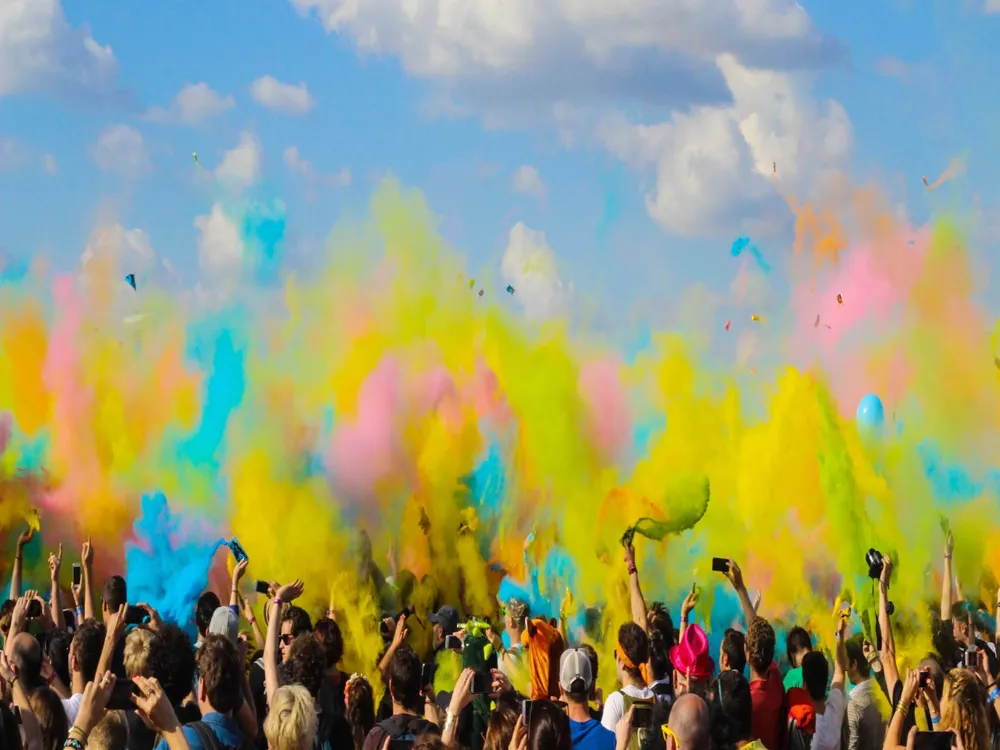
Celebrating the 'King of fruits', the International Mango Festival in Delhi is a must-visit for all. It is held every year at the beginning of the summer season in Delhi, where varieties of mangoes - nearly a thousand in number - are put on display to the visitors and are sold in large numbers. Organised by the Delhi Government in alliance with Delhi Tourism, more than 1100+ varieties of mangoes are put on display here, which includes the popular as well as some rare species. Through this exhibition, different types of mangoes from all over the country are brought together in one place, and trading of the fruit is encouraged. And it isn't just about that; there are many events held from mango eating competitions to quizzes.
Mango Festival in Delhi 2023
The Mango Festival is a two-day event, which is held in July more often than not. Although, there is no fixed date on the calendar on which the festival is organised each year. The dates for the Delhi International Mango Festival, 2023 will take place in July. The dates are yet to be announced.
Stalls showcasing different varieties of mango at the DIMFsource
The Delhi International Mango Festival, is a promotional event for mangoes, is organised at the beginning of the season of mangoes. It is held at the beginning of the summer season. Since it is organised by the Delhi Tourism and Transportation Development Corporation, the dates are also decided by the authority, and the festival is hosted on the days deemed fit by them.
Delhi International Mango Festival - Venue Details
The Delhi International Mango Festival, DIMF, celebrated marking the influx of mangoes in the market, is held at the Dilli Haat, located in Pitampura area of the capital city, Delhi. The two-day festival earlier used to take place in the Talkatora Stadium in Delhi.
Just another stall at the Delhi International Mango Festivalsource
Celebrations and Events – Coronation of the King of Fruits!
For the two days, during the Delhi International Mango Festival, Dilli Haat overwhelms with a soothing fragrance of mangoes. The festival consists of many events, all of which are bound to increase your appetite for the fruit.
Business
Foreigners at the DIMF, Dilli HaatSource
Numerous stalls of mangoes are set in the Dilli Haat, where mango sellers from states like Uttar Pradesh, Bihar, West Bengal, Madhya Pradesh, and other states come with their variety of mangoes and project them. Hundreds of unheard-of varieties of mangoes are seen such as Langra, Nazuk Badab, Tommy Atkins, Aishwarya, etc. These add to the excitement of knowing more about the many varieties available. Food processing units and cooking professionals also set up their kiosks to project their products to the visitors. They also provide recipes and methods to make many mango-dishes to visitors. Moreover, the Delhi Government provides mango saplings to promote the production of mangoes in the country.CompetitionsVarious art and craft shows are also held as a part of the festival, in which music and dance draw a good number of audience. A quiz competition is held, the theme of which revolves around the world of mango itself. Moreover, a slogan writing competitions and competition of eating the maximum number of mangoes also find a place in the festival. The biggest, or rather the heaviest, mango of the festival is awarded a title and is considered as the winner of the Delhi International Mango Festival of the year.
A ‘Delicious’ Tradition - History of the Mango Festival in Delhi
A lady from the USA at Delhi International Mango festivalsource
The Delhi International Mango Festival, DIMF, is held every year in early summer days to promote the sale of mangoes within and outside the Indian Territory. The immense love for mangoes is not a new phenomenon in the country, and so the Delhi International Mango Festival. The celebration of the festival dates back to the then Government of Delhi’s plan, by one of its departments, in the year 1987. Since 1987, the Delhi International Mango festival has been organized on an annual basis in Delhi, providing an excellent opportunity for the mango lovers to indulge in their cravings at the beginning of the fruit’s season.The organizer of this festival is the Delhi Tourism and Transportation Development Corporation, DTTDC. The other institutions that work in collaboration are the Agricultural and Processed Food Products Export Development Authority, the National Horticulture Board, and the New Delhi Municipal Council. The dedicated involvement of all these organizations has been making the Delhi International Mango Festival increase its scope and vastness with each passing year, regarding the number of mango varieties displayed in the festival and number of visitors as well.
How to Reach the Venue
If one is coming to the festival from outside Delhi, the most convenient ways are the railways and the airways. Through railways, the visitors can board off at the New Delhi Railway station, which happens to be the nearest from the venue, being 13 kilometres away.
The nearest airport from the venue is the Indira Gandhi International Airport of Delhi.Once in Delhi, the most convenient way to reach Dilli Haat is the Delhi Metro. The nearest metro station from Dilli Haat is the Pitam Pura Metro Station, which is located on the Red Line of the Delhi Metro.
Different varieties of mangoes at the Delhi International Mango Festivalsource
India happens to be the largest producer of mangoes in the country. However, when it comes to exporting the fruit, India is much behind many other nations. The apparent reason for this is that the people of India love mangoes so much that the major production is consumed within the territory. The Delhi International Mango Festival is an event of great satisfaction for the people who love mangoes. The festival has helped in increasing exports of the fruit to other countries as well, apart from giving representation to the many varieties produced in the country, and enhancing their productivity. The Delhi International Mango Festival is as joyful a two-day event for the visitors as it is for the producers and sellers of the fruit.
Read More
Delhi Ridge
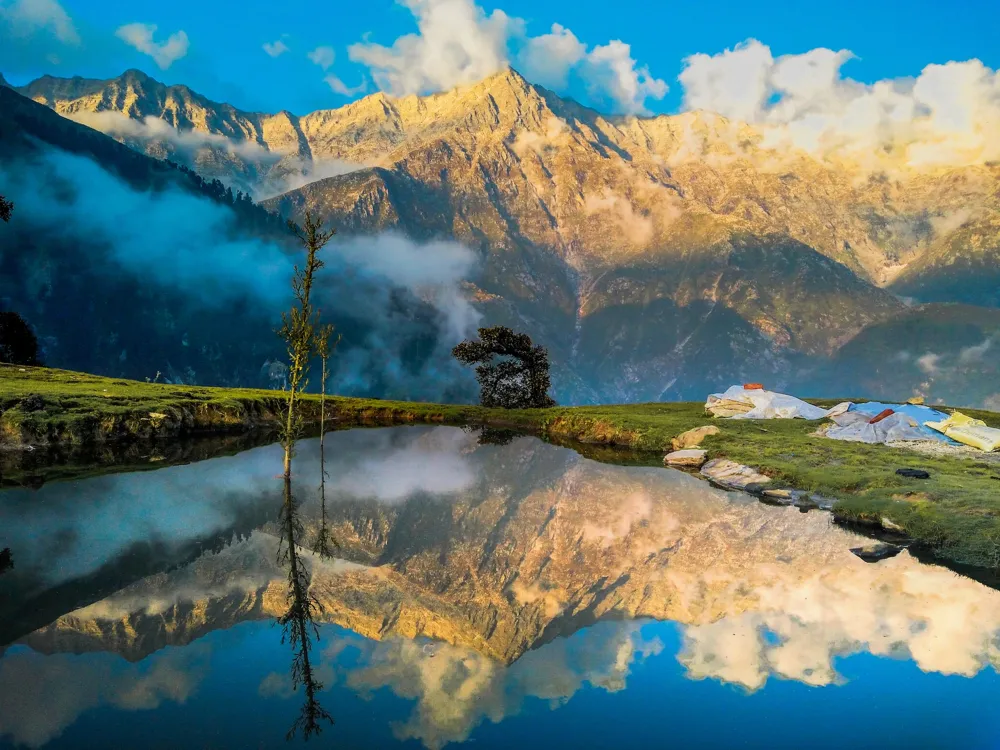
Also known as The Ridge and the Kamla Nehru Ridge, Delhi Ridge is a rocky forested area spanning 35 kms from Tughlaqabad in south east to Wazirabad on the west. The forest is a trail end of the Aravalli Range and boasts of a rich wildlife. With several monuments and ruins of ancient forts and fortresses housed within the woods, the place is frequented by romantic couples, adults and kids alike.
Dilli Haat
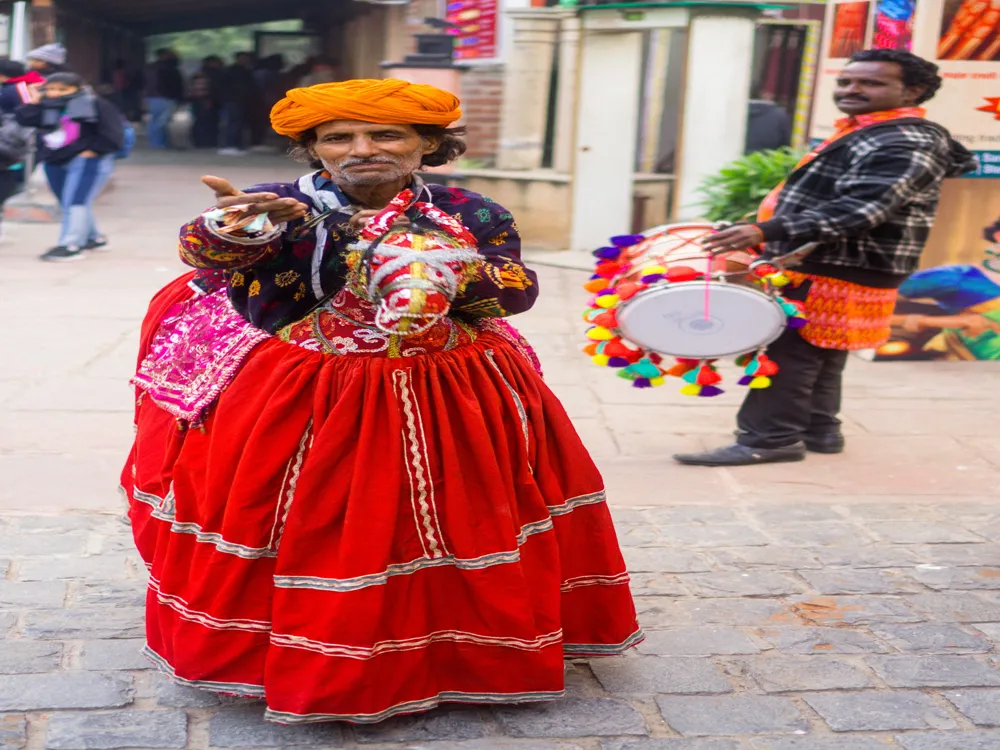
Designed to invoke the ambience of a traditional village fair, Dilli Haat is every shopper's paradise and a foodie's haven. There are three Delhi Haats in Delhi: Pitampura, Janakpuri and INA, with INA being the most popular one. Delhi Haat INA is located in the commercial centre of South Delhi, bang opposite the INA Market. Run by Delhi Tourism and Transportation Development Corporation (DTTDC), the market offers a plethora of traditional crafts and handloom products including rosewood and sandalwood carvings, embellished camel hide footwear, sophisticated fabric and drapery, gems, beads, brassware, metal crafts, and silk and wool fabrics, copperware, chandeliers, cane & jute products etc. In addition to this, the market has savoury lip-smacking food cuisines from varied parts of India- momos from Nepal, Bamboos hot chicken from Nagaland, Kahwa & Kebabs from Jammu, Pooranpoli from Maharastra etc.
Dilli Haat is a forum to bring together rural art and folk culture; it has an open-air theatre where cultural events are performed on a daily basis. Above all, it is a fascinating panorama of art, craft and culture and a perfect spot to capture all those candid pictures you always wanted.Sprawling over a vast 6 acres of land, the area was initially retrieved as part of a reclamation process and converted into a food plaza cum cultural market in 1994. The ground was cleared, the foundation laid, little huts and cottages were constructed with thatched roofs to give it a village feel, and the food cum market plaza was good to go. Currently, the place houses 62 stalls, some of which are rotated every 15 days to other craftsmen; the cost of which is INR 250 per day.
Read More
Delhi Travel Packages
View All Travel Packages Delhi
Nearby Places Delhi
Browse Package Collections
Browse Hotel Collections









